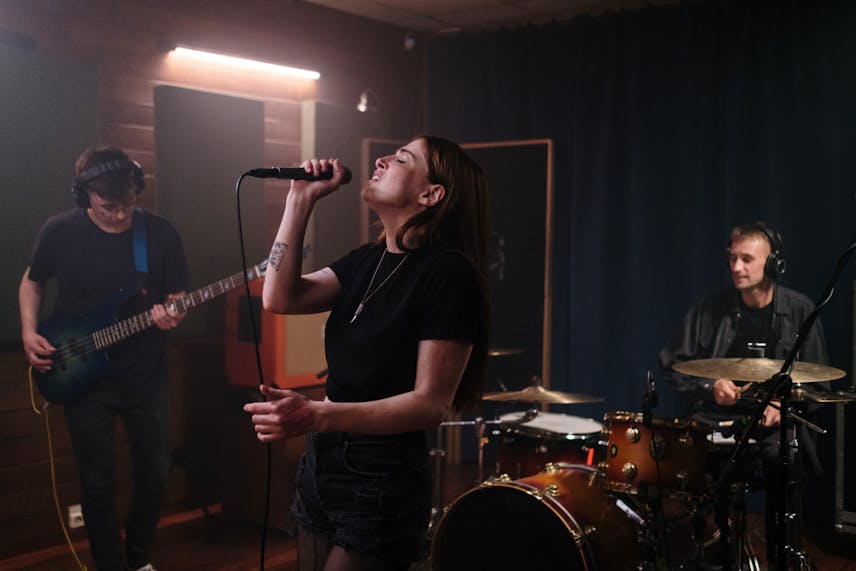When discussing drums for LOFI, it’s essential to understand how they form the backbone of this genre’s uniquely hypnotic and mellow sound. Drum patterns in LOFI music aren’t just about keeping time; they’re an art form that blends subtlety with a steady groove, providing a canvas for the rest of the musical elements to flourish.
The Significance of Drums in LOFI Music
LOFI, short for ‘low fidelity’, is a genre that embraces imperfection and simplicity. The drums, in particular, are characterized by their ‘unpolished’ sound, often featuring vinyl crackles, background noise, and a deliberate use of low-quality samples to achieve a warm, nostalgic feel. This intentional imperfection creates a relaxing and intimate atmosphere that has made LOFI music a favorite for studying, relaxation, and easy listening.
Choosing the Right Drum Sounds
Creating the perfect LOFI beat starts with selecting the right drum sounds. Traditional LOFI drums have a soft, muted quality that avoids the high definition and sharp attack found in other music genres. Kicks are usually deep and low, snares are gentle and brush-like, while hi-hats and cymbals tend to be understated, often with a slight wobble to mimic the effect of a record player’s pitch instability.
Programming Authentic LOFI Drum Patterns
Once you’ve selected your drum sounds, programming a pattern that captures the essence of LOFI is the next step. This involves creating off-kilter rhythms that feel laid-back and slightly out of time. Swing and groove are paramount, with an emphasis on off-beat syncopation to keep the listener engaged. The key is to humanize the drums, avoiding the mechanical precision of quantized beats to maintain the genre’s lo-fi aesthetic.
Layering and Texturing
In LOFI music, drums are not just rhythmic elements but also layers of texture. Producers often layer multiple drum sounds, creating a complex tapestry of tones. Texturing can involve anything from layering different snares to achieve a unique composite sound to incorporating field recordings or ambient sounds that complement the main drum groove.
Effects and Processing Techniques
Processing is essential in achieving the characteristic sound of drums for LOFI. Techniques such as side-chain compression, where the drum beat modulates other elements of the track, can give the music a ‘breathing’ quality. Saturation and bit-crushing can add warmth and grit, while reverb and delay can create a sense of space and depth. The judicious use of these effects can transport the listener to a different headspace, one that is calm and introspective.
When it comes to LOFI drums, the goal is often to blend them seamlessly into the mix, rather than having them stand out as they might in other genres. This is achieved through careful EQing, where low-end frequencies might be boosted to provide warmth, and highs are rolled off to soften the impact.
Sampling and Vinyl Emulation
Sampling is a cornerstone of LOFI production. Many producers dig through old vinyl records to find drum breaks that they can chop up and repurpose. This not only gives the drums an authentic vintage sound but also connects LOFI music to its roots in hip-hop and electronic music. Vinyl emulation plugins can also be used to mimic the sound of a record player, adding the characteristic pops and hisses that are synonymous with the genre.
Live Drumming vs. Programming
While programming is more common in LOFI production, some artists choose to record live drums to achieve a more organic feel. This approach can add a level of authenticity and human touch that can’t always be replicated with samples and programming. Whether live or programmed, the key to LOFI drums is to capture a vibe that is laid-back, imperfect, and deeply human.



